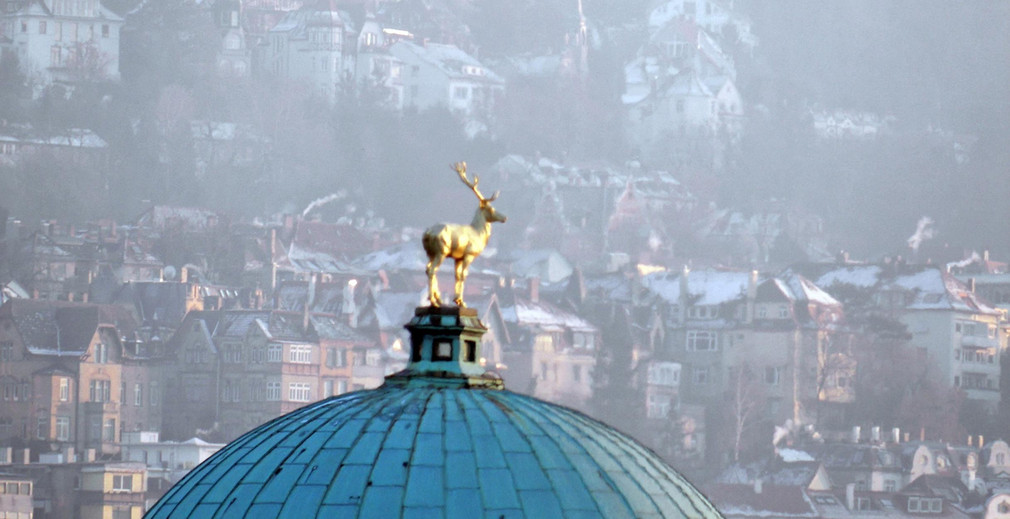Air pollutants such as fine dust refered to as Particulate Matter (PM10/PM2.5 = particles with a diameter of <10µm/<2.5µm) and Nitrogen Dioxide (NO2) have a negative effect on our health, especially our airways, on a daily basis. Older people and children, as well as those with respiratory diseases, are particularly affected but air pollutants are harmful to everyone. The largest source of pollution in most urban areas are emissions from road traffic.
Thanks to measures that reduce air pollution and through technological progress, great strides have been made towards ensuring compliance with limit values for air pollution across the board.
In 2018 the limit values for Particulate Matter, PM10 have been met everywhere in Baden-Württemberg for the first time.
NO2 immissions have also greatly decreased over the past years. In 2017 alone compliance with the limit value for the annual mean NO2 concentration was achieved at 10 measurement points for the first time. However, further and considerable effort is required in several inner-city high-pollution roadside areas in order to meet the limit value for the annual mean NO2 concentration there.
The greatest progress up until now has been achieved via technological measures at the emission source, e.g. regulations off the engine and filter technology. Installation of particle filters as a prerequisite for the green badge that is required to enter high pollution areas that are designated as “Umweltzone” (environmental zone) has been instrumental in reducing Particulate Matter immissions. Further measures have also been taken, e.g. improvements to the flow of traffic (speed limits, optimization of traffic light control, etc.), modernization of municipal bus and vehicle fleets as well as better infrastructure for pedestrians and bicycles. However, endeavours to reduce air pollution are being hampered by high nitrogen oxide (NOX) emissions up to Euro 6b diesel vehicles. In real traffic these vehicles emit much more NOx as is mandated by regulations. Nevertheless, thanks to traffic planning that embraces more environmentally friendly means of transport such as biking, walking, train and bus travel, a number of towns and cities in Baden-Württemberg have made additional progress. The state government is counting on this and is interlinking its traffic and air pollution control policies.
The immission limit values for NO2 are planned to be met by all towns and cities in Baden-Württemberg by 2020. To this end, numerous measures to control air pollution are being enacted in many places. Yet, if more strict measures such as traffic restrictions are necessary to achieve these goals, the existing air pollution control plans will be updated and new plans will be created.
For the state government, air pollution control continues to be a top priority.

